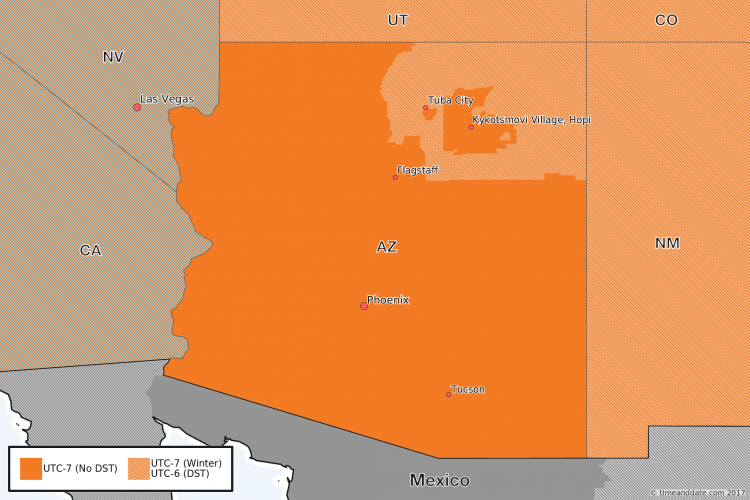


Insect expert George Vernon Hudson presented a paper to the Wellington Philosophical Society in New Zealand in 1895 proposing a two-hour move forward in October and a two-hour shift back in March. Germany and Austria led the way with daylight saving as a wartime measure. Yet the move has stalled amid post-Brexit discombobulation and the COVID pandemic.Ī clock art installation in Düsseldorf. “Numerous studies have failed to reach a conclusive outcome but indicate negative effects on human health,” the European Parliament members said. In 2019, the European Parliament approved a measure to abolish the time change. In much of Asia and South America, the shift was adopted but then abandoned and it has never been observed in most of Africa.

Governments can vary this for special occasions: the Olympics in September 2000 prompted early daylight saving in some states, and all states delayed the end of daylight saving for the Commonwealth Games in 2006. In the Australian states that have it, daylight saving – there’s no “s” on the end, although it’s often referred to as “savings” – always begins at 2am on the first Sunday in October and ends at 2am (which is 3am daylight saving time) on the first Sunday in April. Why not? What are the effects of daylight saving on animals and humans? Who had the original lightbulb moment to introduce it? When is daylight saving and who has it? Some states do daylight saving and some don’t. In Australia, the states and territories decide whether to move the dial on their time zone. Early in the morning on October 3, clocks move forward an hour across much of Australia.Īltering time is something countries do all over the globe. It’s time for the changing of the clocks. Ideally provide a link to a page on Time.Normal text size Larger text size Very large text size 03:00pm UTC+2), or by referring to a specific time and location (e.g. Since there is confusion around CET, we recommend quoting time in UTC offsets (e.g. In common usage however, CET usually refers to the time observed in most of Europe, be it standard time or daylight saving time. Warning: CET is defined as the standard time of Central Europe, always one hour ahead of UTC.

Central European Time (CET) is the time zone of most European countries, specifically Albania, Andorra, Austria, Belgium, Bosnia and Herzegovina, Croatia, Czechia, Denmark (except Greenland and Faroe Islands), France (except overseas regions), Germany, Gibraltar, Hungary, Italy, Kosovo, Liechtenstein, Luxembourg, Malta, Monaco, Montenegro, Netherlands (except Caribbean island territories), North Macedonia, Norway, Poland, San Marino, Serbia, Slovakia, Slovenia, Spain (except Canary Islands), Sweden, Switzerland and Vatican City.Īll countries in the CET time zone observe daylight saving time (UTC+2) from 02:00 am on the last Sunday of March until 03:00 am on the last Sunday of October.


 0 kommentar(er)
0 kommentar(er)
